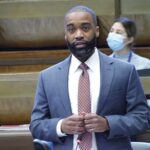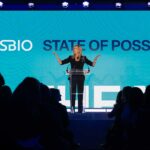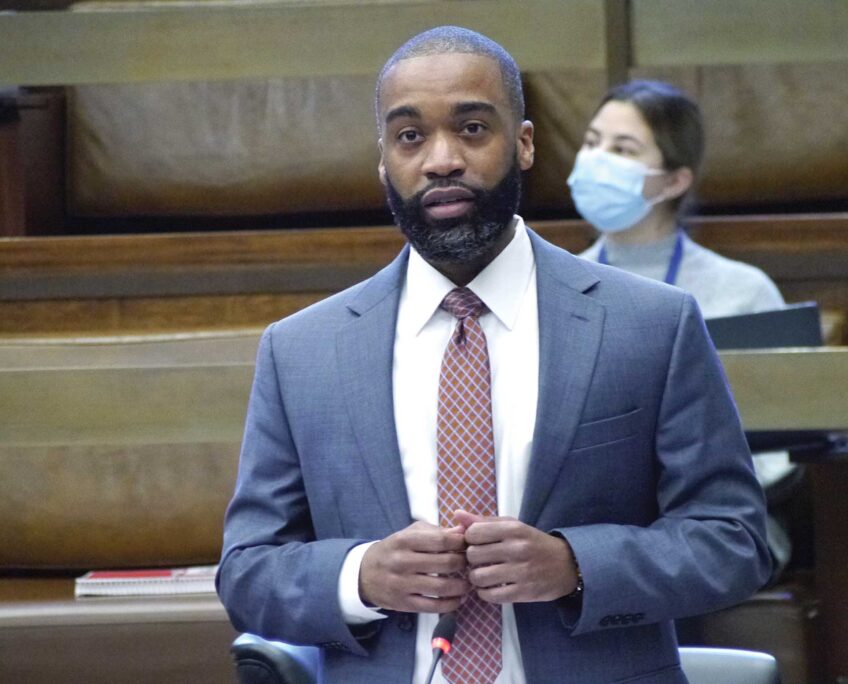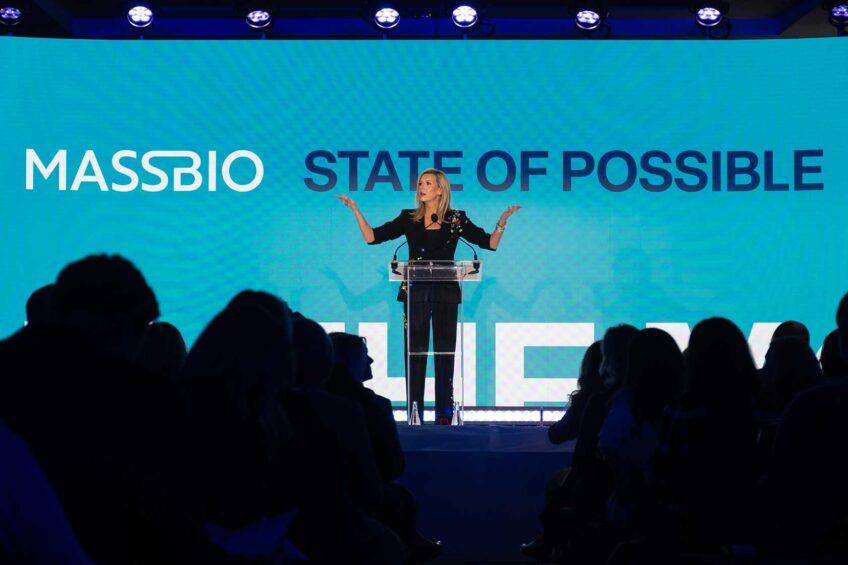New tree ordinance to protect urban canopy
First of its kind city regulation to improve public tree cover
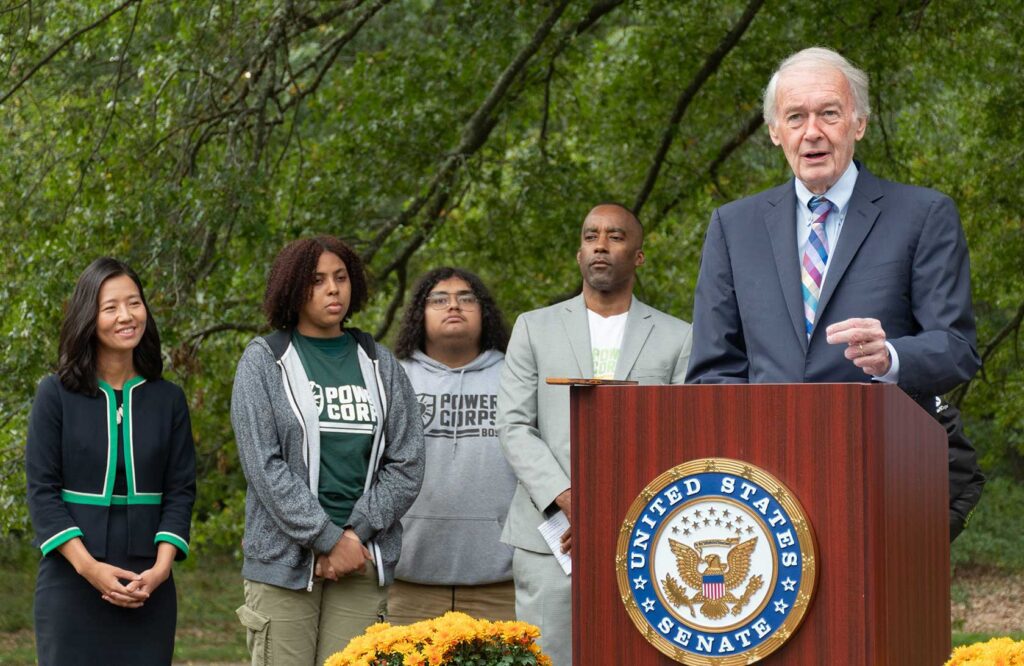
The cool green path of tree-lined Commonwealth Avenue cuts through Boston’s Back Bay. In the city’s southwest areas, tree-filled streets keep temperatures in neighborhoods like West Roxbury, Roslindale and Jamaica Plain low, providing relief and respite for residents.
Compare that to low-tree areas in minority neighborhoods like Mattapan, Hyde Park, Roxbury and Dorchester, where summertime sun bakes asphalt and pavement, trapping heat through the day and releasing it throughout the night.
Across Boston, the city’s tree canopy provides a key resource to push back these urban heat islands and pull down temperatures. A city ordinance passed last month will give residents more say in what happens to the trees in their community.
The ordinance supports protection of Boston’s existing canopy, taking steps to increase transparency around plans to trim or remove public trees. Under the new regulations, efforts to cut down or trim trees on city land will go through a community process to collect input before any steps can be taken. The new guidelines build on a public hearing process that already exists to protect public-street trees under state law.
The new regulations would give community members better specific avenues to address concerns around the removal of trees. For example, in 2022, the city planned to chop down over 50 mature trees in Malcolm X Park, leading to protests from Roxbury residents. Renovations to the park to make it more handicapped-accessible eventually resulted in about half that number being removed.
Data collected by the city showed that between 2014 and 2019, Hyde Park and Mattapan saw the greatest loss of tree canopy. On average, areas that were formerly redlined — classified as hazardous for investment, based largely on the presence of racial minorities — have less canopy coverage.
Greater tree canopy is an important piece of infrastructure that can reduce effects of climate change, like urban heat islands and flooding. Existing mature trees can more effectively provide those benefits.
“We can plant lots more trees tomorrow, but it’s going to take decades for them to provide real benefits for residents,” said Todd Mistor, Boston’s director of urban forestry. “This is looking at the ways that we can maximize the benefits for residents in the shortest amount of time or the most immediate way.”
Even simply the existence of the ordinance, the first of its kind in Boston, is exciting to advocates who work with Boston’s tree canopy.
“I think the fact that this ordinance exists and is now on the books, in and of itself, is an acknowledgement that trees are really important,” said David Meshoulam, co-founder and executive director of Speak for the Trees, a Dorchester-based nonprofit focused on tree canopy and equity. He said he hopes the new regulations will help restructure development in the city, which has often left trees as an afterthought.
“The fact that there’s a process in place that will allow for public input, that will allow for transparency, that will encourage developers to work around instead of through trees is a great first step,” Meshoulam said.
The ordinance fits into a broader network of city efforts around tree canopy under Boston’s Urban Forest Plan, which outlines city goals for tree planting and maintenance. The plan was passed in September 2022 and received federal grant funding in October.
That plan focuses on equitably supporting tree canopy and engaging with community members on the trees in their neighborhood.
“There’s lots of ways we can go about improving the public good with trees, but really understanding that we have to be in dialogue with each individual neighborhood. What’s good for West Roxbury may not be the same thing that is needed or what’s good for East Boston,” Mistor said. “This doesn’t mean we’re never going to cut down a tree for a capital project, but it means we’re going through the process of engaging in an active dialogue.”
Under the regulations, the city will still be able to remove trees on city property, but only after community members have a chance to voice their priorities around trees and city development projects.
The ordinance, which will go into effect March 28, still has some question marks around implementation, Meshoulam said.
While it outlines a need for community members to have the opportunity to express opinions on the removal of trees at public meetings, the ordinance doesn’t provide specific guidelines for how to handle and assess an objection to proposals that will impact trees.
Mistor said the finer points of implementation are still a work in progress that will be developed as the meetings begin.
“The work isn’t finished by just signing the document and putting it out there,” he said. “There’s a lot more work of understanding the process and improving the process as we go along to make sure that there is that role for communication and public input and that we’re working to preserve as many trees as possible — because the real benefits in our city come from those large mature trees.”
The ordinance applies only to public trees, which make up 40% of the city’s tree canopy. Mistor said it’s a necessary first step to dealing with the “thornier issue” of private trees.
More broadly, the extension of the forest plan to trees on private property has added complications. Other city efforts around tree planting or maintenance have been incorporated into the plan through the work of the Boston Tree Alliance, a city-funded coalition of nonprofits working with property owners to expand Boston’s tree canopy beyond public land.
As the city eventually approaches regulations for trees on private property, Meshoulam encouraged careful consideration of any fine structures that might be used to ensure the enforcement has teeth while not being overly burdensome to lower-income residents.
“What sort of mechanisms are in place so that there’s equity, and that the fines levied are not overly burdensome, but also not so light that people can just write a check and forget about it?” Meshoulam said. “That’s really hard.”


